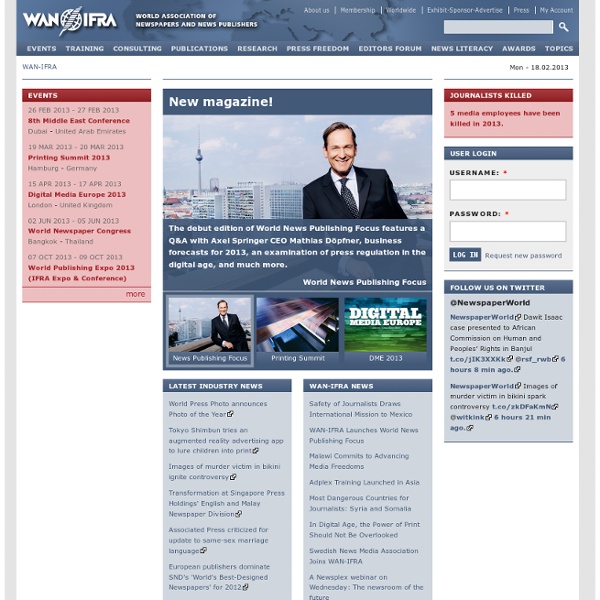



Edward Cotton « BSSP Negotiator Rises TV FINAL TEST TEST DRIVES raise the river vs. move the ocean Tebow and the Super Bowl Negotiator Rises TV FINAL TEST TEST DRIVES FINAL TEST TEST DRIVESMINI raise the river vs. move the oceanthe redford centerraise the river vs. move the ocean Tebow and the Super BowlT-Mobile Negotiator Rises TVPriceline MERRY CHRISTMAS FROM MOXKAT GRVIDAROKUMERRY CHRISTMAS FROM MOXKAT GRVIDA Etreintes digitales C'est bien la preuve que le design est de plus en plus important pour les technologistes de tout poil. Pour ce deuxième jour de Launch festival à San Francisco, la conférence de start-ups ouvre sa scène à Yves Béhar, designer de légende, fondateur de fuseproject, créateur de la Jambox - entre autres. Extraits de son fireside chat avec Jason Calacanis... Sur la technologie. "Dans les années 90, il n'y avait pas vraiment d'intérêt pour le design. Sur les Etats-Unis. Sur le design. Sur One laptop per child. Sur les smartwatch et les wearables. Sur Google Glass. Sur les usages. Sur la création de produits. J'ai designé une chaussure connectée pour le musée d'art moderne. Sur la révolution du hardware. Sur what's next. Sur le lancement de produits. Sur l'avenir d'Apple.
A la une Shaping the Future of the Newspaper Blog JWT Intelligence brainmail_issue73 In this issue: LIP READING PHONES DRIFT FROM NATURE MARKET METAPHORS SELF IMAGE DELUSION And much, much more... ------------------------------------------------------------ ____ ____ ___ _____ ____ ______ ______ * / __ )/ __ \/ | / _/ | / / |/ / | / _/ / / __ / /_/ / /| | / // |/ / /|_/ / /| | / // / / /_/ / _ _/ ___ |_/ // /| / / / / ___ |_/ // /___ /_____/_/ |_/_/ |_/___/_/ |_/_/ /_/_/ |_/___/_____/ *Feeding hungry minds since 2004 ------------------------------------------------------------ Brainmail email issue 73 - March 2011 ------------------------------------------------------------ Brainmail is a free monthly (usually) newsletter dedicated to current and future trends, statistics and other nuggets of information.
Disruptive versus Radical Innovations Clayton Christenson’s seminal The Innovator’s Dilemma is now 10 years old, and its central idea of “disruptive innovation” is now part of the everyday language of innovation. Recently, I finally read the book after having loosely tossed the term around for a few years. I was shocked to discover that I had misunderstood the concept and made glib assumptions based on sloppy journalistic references. Properly penitent, I began using the term correctly and discovered, to my further shock, that nearly everybody else around me was also using the term incorrectly. By misunderstanding this one critical term, we lose much of the understanding of the innovator’s dilemma discovered by Christenson. The innovator’s dilemma is this: a company that does everything by the book — listening to customers, managing by facts, being disciplined about costs and quality, and so forth — can get blindsided by an innovation that rapidly takes away its markets, because it was doing everything right. Examples
Patent Overview A patent is essentially a limited monopoly whereby the patent holder is granted the exclusive right to make, use, and sell the patented innovation for a limited period of time. The U.S. Granting exclusive rights to the inventor is intended to encourage the investment of time and resources into the development of new and useful discoveries. Requirements for Patentability The five primary requirements for patentability are: (1) patentable subject matter, (2) utility, (3) novelty, (4) nonobviousness, and (5) enablement. Patentable Subject Matter The patentable subject matter requirement addresses the issue of which types of inventions will be considered for patent protection. The traditional rules that "printed matter" and "business methods" are unpatentable have recently been called into question. Utility The second requirement for patentability is that the invention be useful. Novelty Nonobviousness The Supreme Court first applied the nonobviousness requirement in Graham v. Enablement
Patents What is a patent? A patent is an intellectual property right granted by the Government of the United States of America to an inventor “to exclude others from making, using, offering for sale, or selling the invention throughout the United States or importing the invention into the United States” for a limited time in exchange for public disclosure of the invention when the patent is granted. There are three types of patents. View the different types of patent applications. Patent Examiner Technical Training Program The USPTO has instituted a Patent Examiner Technical Training Program which formalizes the process for seeking public assistance in providing technical training to patent examiners. Patent Prosecution Highway (PPH); The Fast Track Examination of Applications